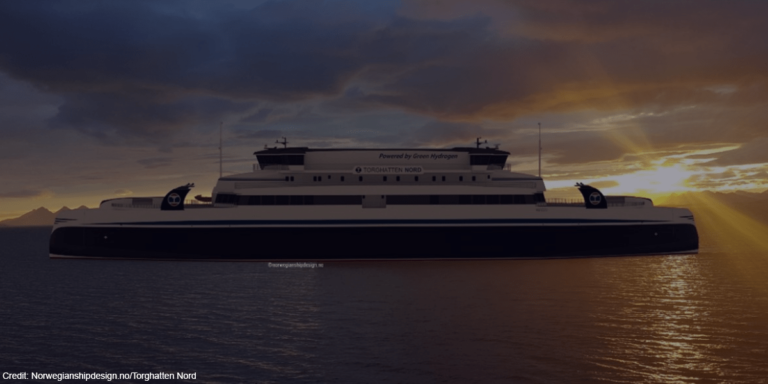
According to PowerCell, the project is valued €19.2 million, making it the world’s largest hydrogen project in the marine industry to date. The two FC ferries will each have room for 599 passengers, 120 cars and twelve trucks, and should be delivered in the fourth quarter of 2024. PowerCell will supply its Marine System 200, which will enable the ferries to generate a total of approximately 13 MW of electricity.
There are no details about the SEAM propulsion system, so about the electric motors or how much hydrogen can be stored on board. What is clear, however, is that the ferries must run on at least 85 per cent hydrogen and no more than 15 per cent biofuel.
The Norwegian government stipulated that new ferries across the Vestfjord to Lofoten must be emission-free and run predominantly on hydrogen.
“This is a groundbreaking project for the entire marine industry that we are very happy to be part of,” says Richard Berkling, CEO of PowerCell. “Norway led the development in the introduction of liquefied natural gas in the marine industry and now they are taking an important step to establish green hydrogen as the energy source to decarbonize marine commercial operations.”
There are some 800 ferry routes in Norway. And though not all of them are as long as the above-mentioned connection, there is great potential for, and great interest in hydrogen-electric solutions, says Berkling. “From next year, the maritime sector will be included in the EU Emissions Trading Scheme, which will increase demand for hydrogen-powered net-zero solutions.”